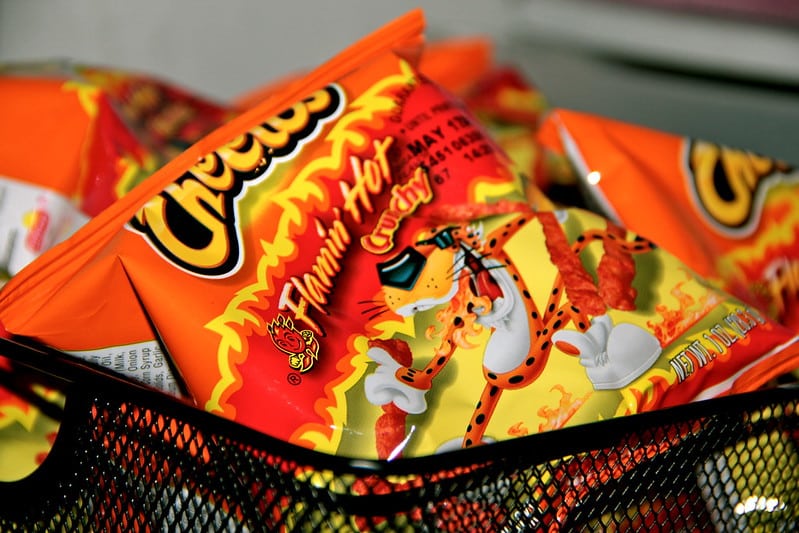
Some foods are banned for safety. Others? Their stories are a little messier. Across the globe, dishes tied to cultural identity or long-standing traditions have been deemed too risky, too cruel, or just too controversial to be allowed in the U.S. Whether it’s because of health concerns, animal welfare, or disturbing production methods, these banned bites come with baggage. Here are 15 foods you won’t legally find on American plates, and the often unsettling reasons why.
Casu Marzu
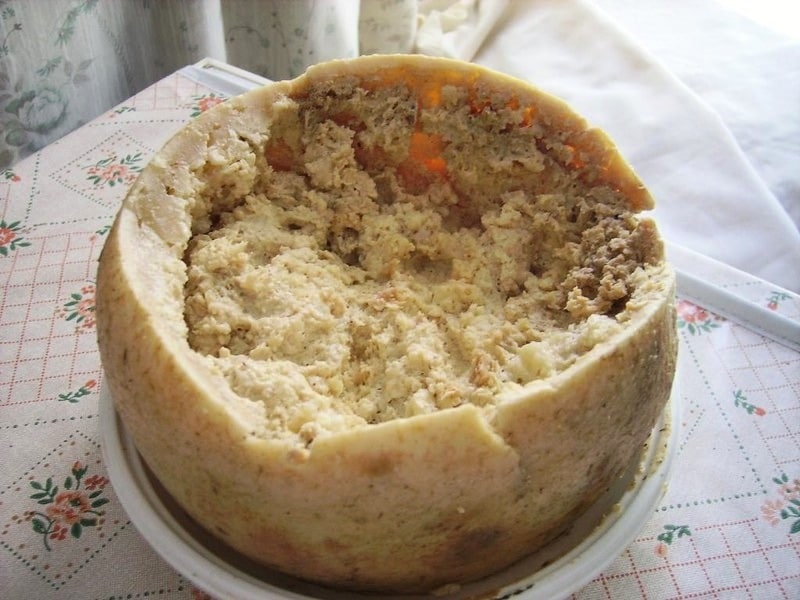
This Sardinian cheese is infamous for its shocking preparation: it’s left to ferment with live insect larvae. Casu marzu is considered a delicacy by some, but the presence of live maggots makes it a health hazard by U.S. standards. Officials worry about the risks of foodborne illness, especially when the maggots can jump while eating. It’s banned in the U.S. due to sanitation concerns, but still sought after by daring foodies in Europe.
Haggis
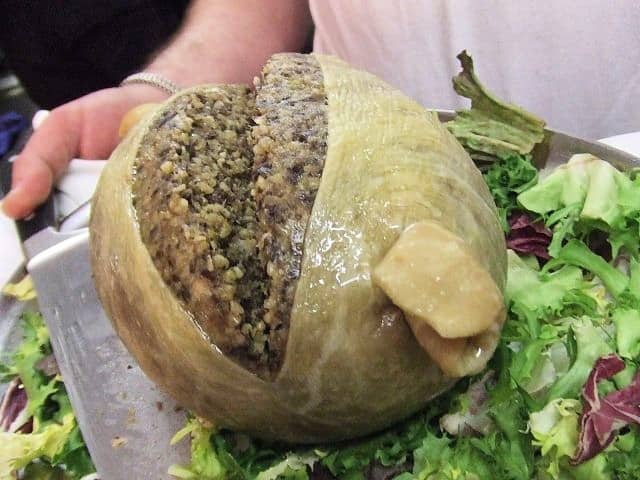
A traditional Scottish dish made from sheep’s heart, liver, and lungs, haggis is banned in the U.S., specifically because of the lung component. The USDA prohibits the import and sale of sheep lungs, citing concerns about potential contamination during slaughter. While Americans can get a modified version, the true traditional haggis remains off the menu.
Black Pudding
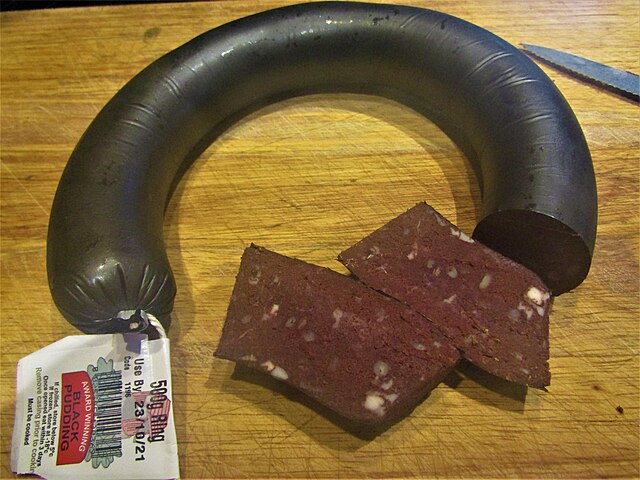
Also known as blood sausage, black pudding contains pig’s blood, oats, and fat. While not federally banned, its import and sale face strict scrutiny. U.S. food regulations don’t allow blood-based products unless they follow very specific safety rules, which most imported black pudding don’t meet. So while you might spot a workaround at specialty shops, the authentic stuff is hard to come by.
Foie Gras
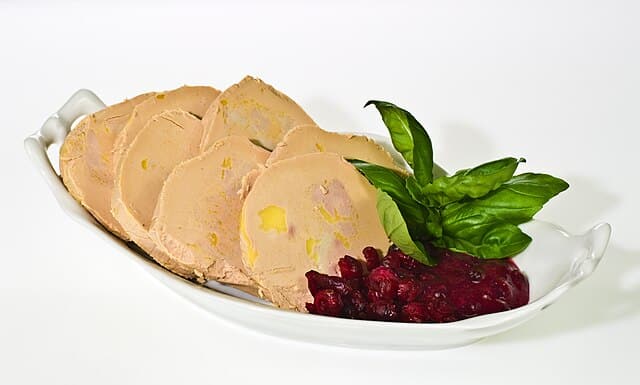
Made by force-feeding ducks or geese to enlarge their livers, foie gras has long drawn criticism from animal rights groups. The practice, known as gavage, is considered inhumane by many. Several U.S. cities and states, including California and New York City, have banned its sale. Though still available in some places, the debate around it remains heated.
Lazy Cakes

Marketed as “relaxation brownies,” Lazy Cakes were loaded with melatonin and aimed at adults looking to unwind. But their candy-like appearance made them easy for kids to get into, raising safety concerns. The FDA issued warnings, and many local governments moved to pull them from shelves. They’ve since been rebranded, but the controversy lingers.
Flamin’ Hot Cheetos

While not officially banned nationwide, these spicy snacks have been pulled from some school systems and banned in certain districts. The reason? High fat, sodium, and artificial ingredients, paired with concerns about kids eating excessive amounts. Some health professionals have also pointed to gastrointestinal issues in young snackers who overindulge.
Absinthe
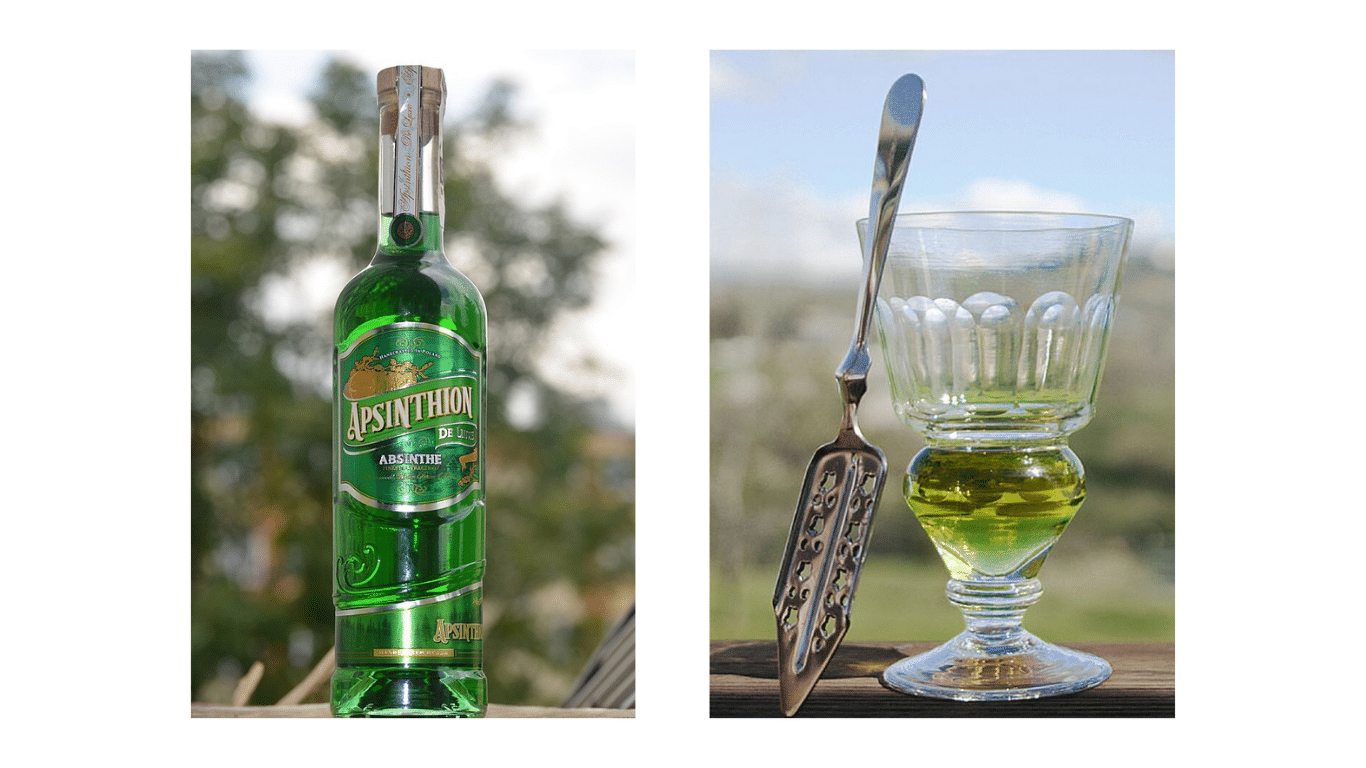
The original version of this high-proof green spirit was banned in the U.S. for nearly a century due to its supposed hallucinogenic properties. Its ingredient, wormwood, contains thujone, which was believed to cause psychoactive effects. Modern research debunked many of these claims, and absinthe is now legal again in thujone-regulated forms. Still, the mythos around the “Green Fairy” lingers.
Original Four Loko
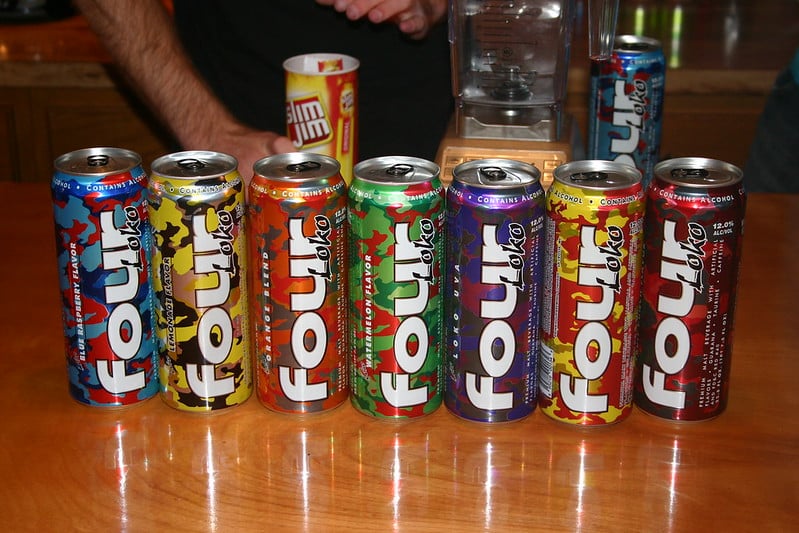
This controversial drink combined alcohol, caffeine, and other stimulants into one potent can. It gained a notorious reputation on college campuses, where it was linked to dangerous levels of intoxication and hospitalizations. In 2010, the FDA cracked down, citing safety risks. The product was reformulated without caffeine, but the original version remains banned.
Bird’s Nest Soup

A delicacy in parts of Asia, bird’s nest soup is made from the hardened saliva of swiftlets. While it’s praised for its texture and supposed health benefits, importing it into the U.S. is restricted due to health concerns, particularly the risk of avian diseases. Sanitation during production is also a major concern.
Beluga Caviar
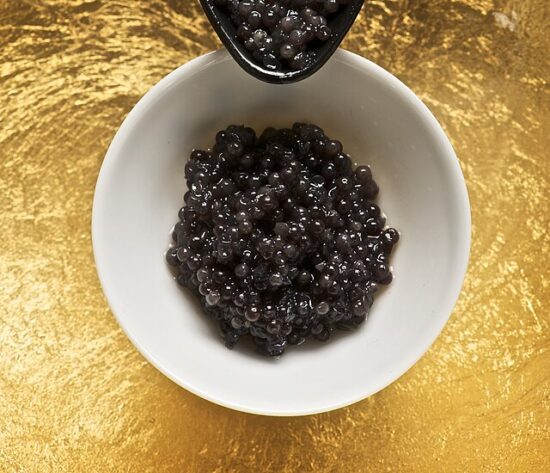
This luxurious caviar, harvested from the beluga sturgeon in the Caspian and Black Seas, has been banned in the U.S. due to its environmental impact. Overfishing has caused a drastic decline in beluga sturgeon populations. To protect the endangered species, the U.S. Fish and Wildlife Service banned its import in 2005. Sustainable alternatives are available, but none quite match the prestige or controversy of the original.
Ortolan Bunting
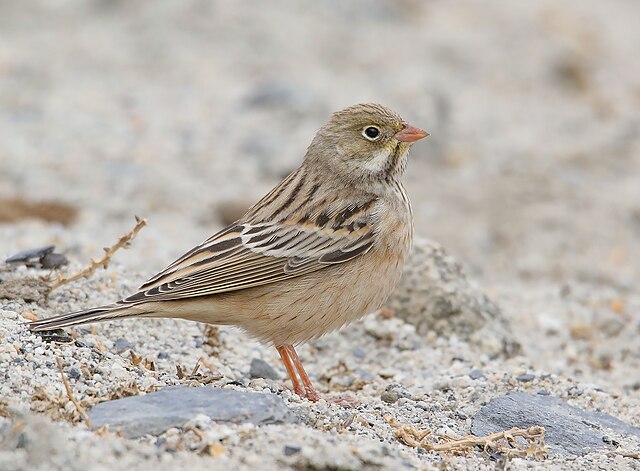
A French delicacy made by force-feeding and then drowning a tiny songbird in Armagnac, the ortolan is consumed whole, bones and all. The bird is endangered, and the preparation is viewed as extremely cruel. The dish is banned in the U.S., as well as in the EU, though it’s still served illegally in underground circles.
Sea Turtles
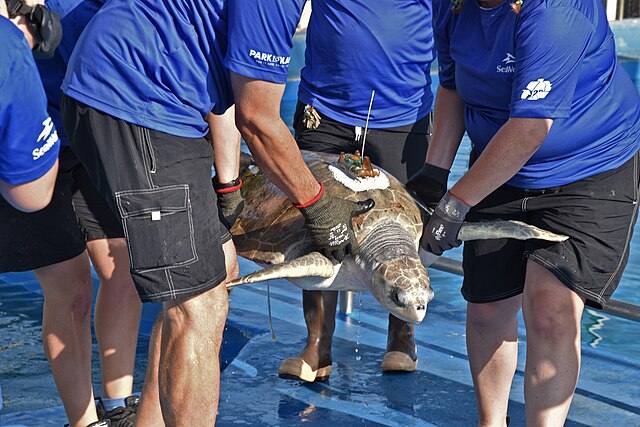
Once common in Caribbean dishes and soups, sea turtle meat is now off-limits in the U.S. due to conservation laws. Many sea turtle species are endangered, and their meat can also carry bacteria and environmental toxins harmful to humans. Protecting these creatures has taken priority over preserving the culinary tradition.
Horse Meat
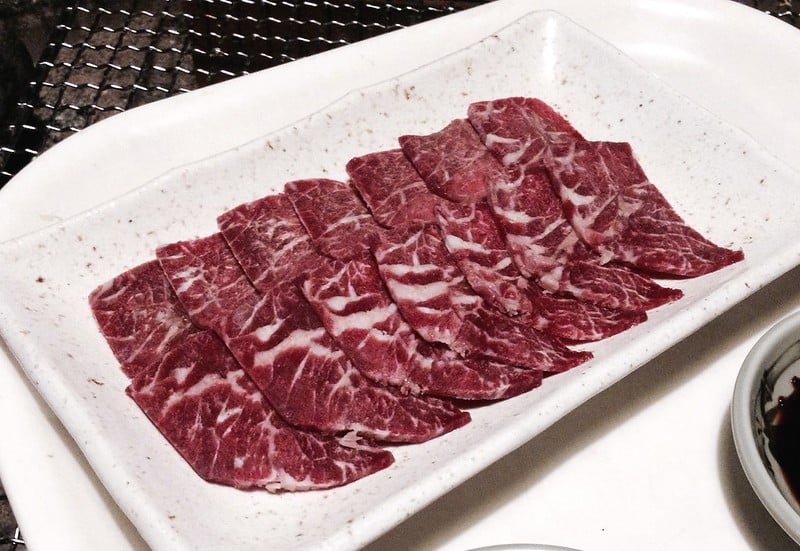
While not illegal to eat horse meat in the U.S., slaughtering horses for human consumption is effectively banned due to a lack of USDA funding for inspection. The cultural taboo around eating horses, especially in comparison to other animals, also plays a strong role. Most Americans see horses as companions, not cuisine.
Shark Fin Soup
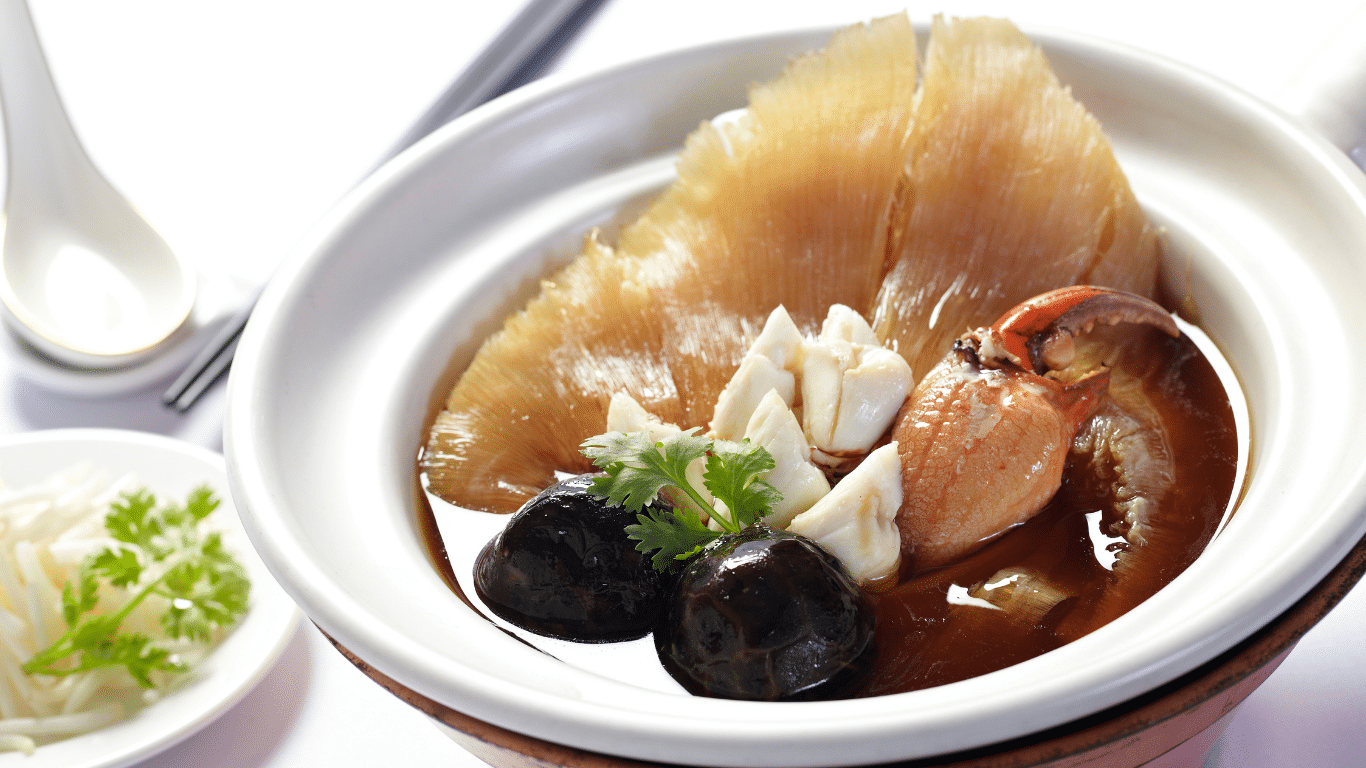
This controversial dish has been banned in several U.S. states, including California and Hawaii. The process of finning is considered inhumane, and sharks are often thrown back into the ocean after their fins are removed, left to die. Environmental and ethical concerns have led to a strong pushback against its sale and import.
Kangaroo Meat

Kangaroo meat is legal to consume in some countries, but it’s been banned or restricted at different points in certain U.S. states. The bans are largely symbolic, tied to animal rights and wildlife preservation efforts. While it’s lean and high in protein, the emotional reaction to eating a national symbol makes it a hard sell.
The Fine Line Between Food and Taboo

What we eat and what we ban often says more about our values than our taste buds. From animal welfare to public health, the reasons behind food bans are as complex as the dishes themselves. While some of these foods are banned for good reason, others continue to spark debate around culture, ethics, and freedom of choice. One thing’s clear: food isn’t just about flavor. It’s also about the stories, standards, and sometimes, the controversies behind each bite.
